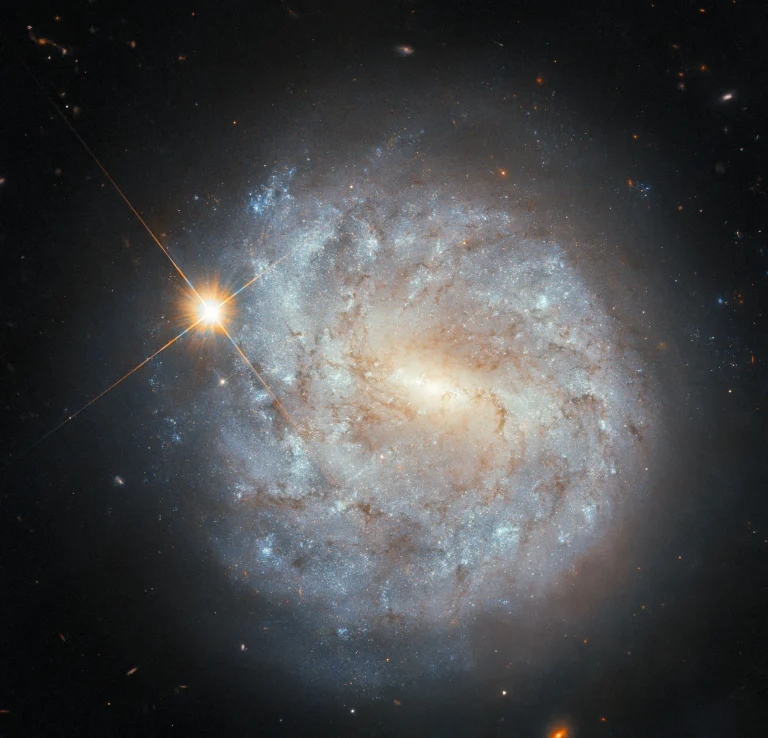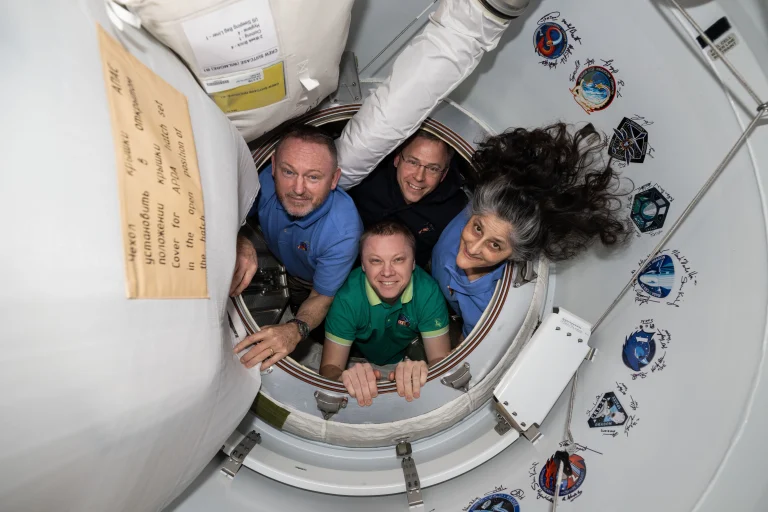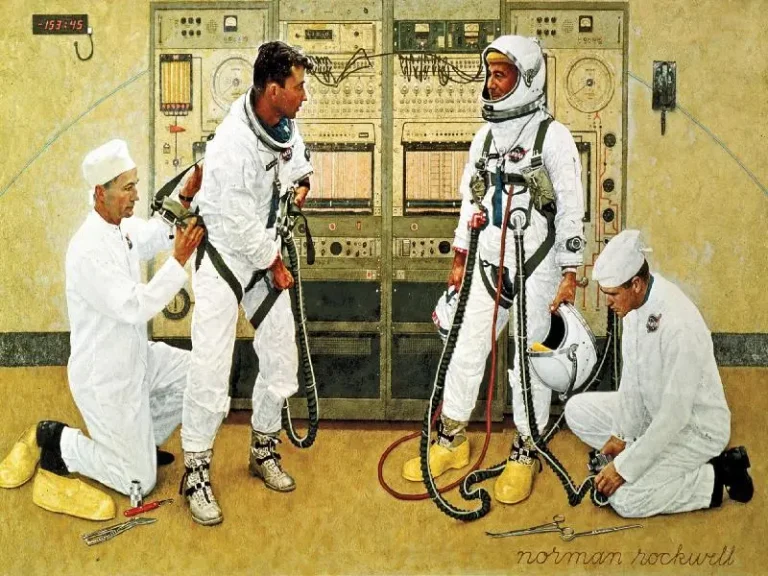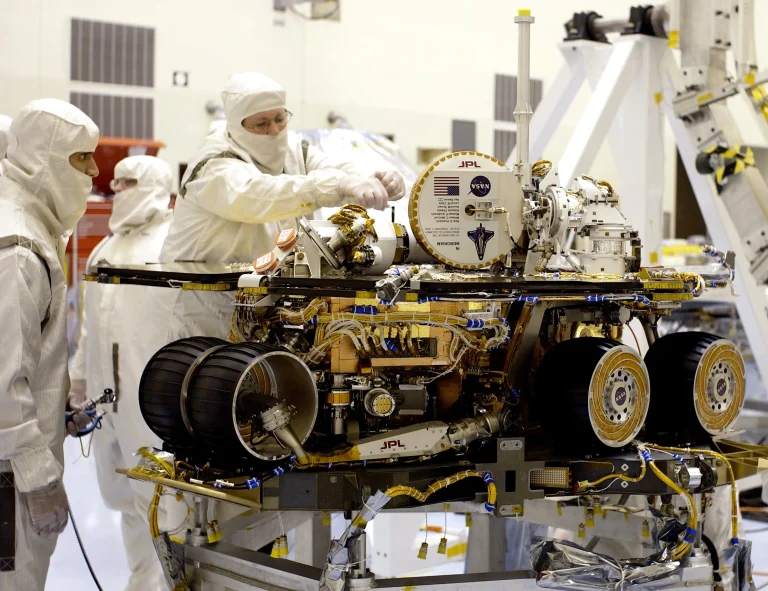This NASA/ESA Hubble Space Telescope image features the globular cluster NGC 2005. It’s not an unusual globular cluster in and of itself, but it is a peculiarity when compared to its surroundings. NGC 2005 is located about 750 light-years from the heart of the Large Magellanic Cloud (LMC), which is the Milky Way’s largest satellite galaxy some 162,000 light-years from Earth. Globular clusters are densely-packed groups of stars that can hold tens of thousands or millions of stars. Their density means they are tightly bound by gravity and therefore very stable. This stability contributes to their longevity: globular clusters can be billions of years old, and are often comprised of very old stars. Studying globular clusters in space can be a little like studying fossils on Earth: where fossils give insights into the characteristics of ancient plants and animals, globular clusters illuminate the characteristics of ancient stars.
Current theories of galaxy evolution predict that galaxies merge with one another. Astronomers think the relatively large galaxies we observe in the modern universe formed when smaller galaxies merged. If this is correct, then we would expect to see evidence that the most ancient stars in nearby galaxies originated in different galactic environments. Because globular clusters hold ancient stars, and because of their stability, they are an excellent laboratory to test this hypothesis.
NGC 2005 is such a globular cluster, and its very existence provides evidence that supports the theory of galaxy evolution via mergers. Indeed, what makes NGC 2005 a bit peculiar from its surroundings, is the fact that its stars have a chemical composition that is distinct from the stars around it in the LMC. This suggests that the LMC underwent a merger with another galaxy somewhere in its history. That other galaxy has long-since merged and otherwise dispersed, but NGC 2005 remains behind as an ancient witness to the long-past merger.
Text Credit: European Space Agency (ESA)
这张由NASA/ESA哈勃太空望远镜拍摄的图片展示了球状星团NGC 2005。它本身并不是一个不寻常的球状星团,但是与周围环境相比,它却显得特别。NGC 2005距离大麦哲伦星云(LMC)中心约750光年,而大麦哲伦星云是银河系最大的卫星星系,距离地球约16.2万光年。球状星团是由数以万计甚至百万计的恒星密集组成的恒星群。它们的密集程度意味着它们被重力紧密束缚,因此非常稳定。这种稳定性有助于它们的寿命:球状星团可以存在数十亿年,并且通常由非常古老的恒星组成。研究太空中的球状星团有点像研究地球上的化石:化石能揭示古代植物和动物的特征,球状星团则揭示古代恒星的特征。
目前的星系演化理论预测星系之间会发生合并。天文学家认为,我们在现代宇宙中观察到的相对较大的星系是由较小的星系合并形成的。如果这是正确的,那么我们将有望看到证据表明近邻星系中最古老的恒星起源于不同的星系环境。因为球状星团包含古老的恒星,且由于其稳定性,它们是检验这一假设的绝佳实验室。
NGC 2005就是这样一个球状星团,其存在本身就提供了支持通过合并演化星系理论的证据。确实,使NGC 2005与周围环境略显特殊的是,它的恒星具有与LMC周围恒星不同的化学成分。这表明LMC在其历史上经历了与另一个星系的合并。那个星系早已合并或打散,但NGC 2005作为古老的证人留了下来,见证了那次早已过去的合并。
文稿来源:欧洲航天局(ESA)







